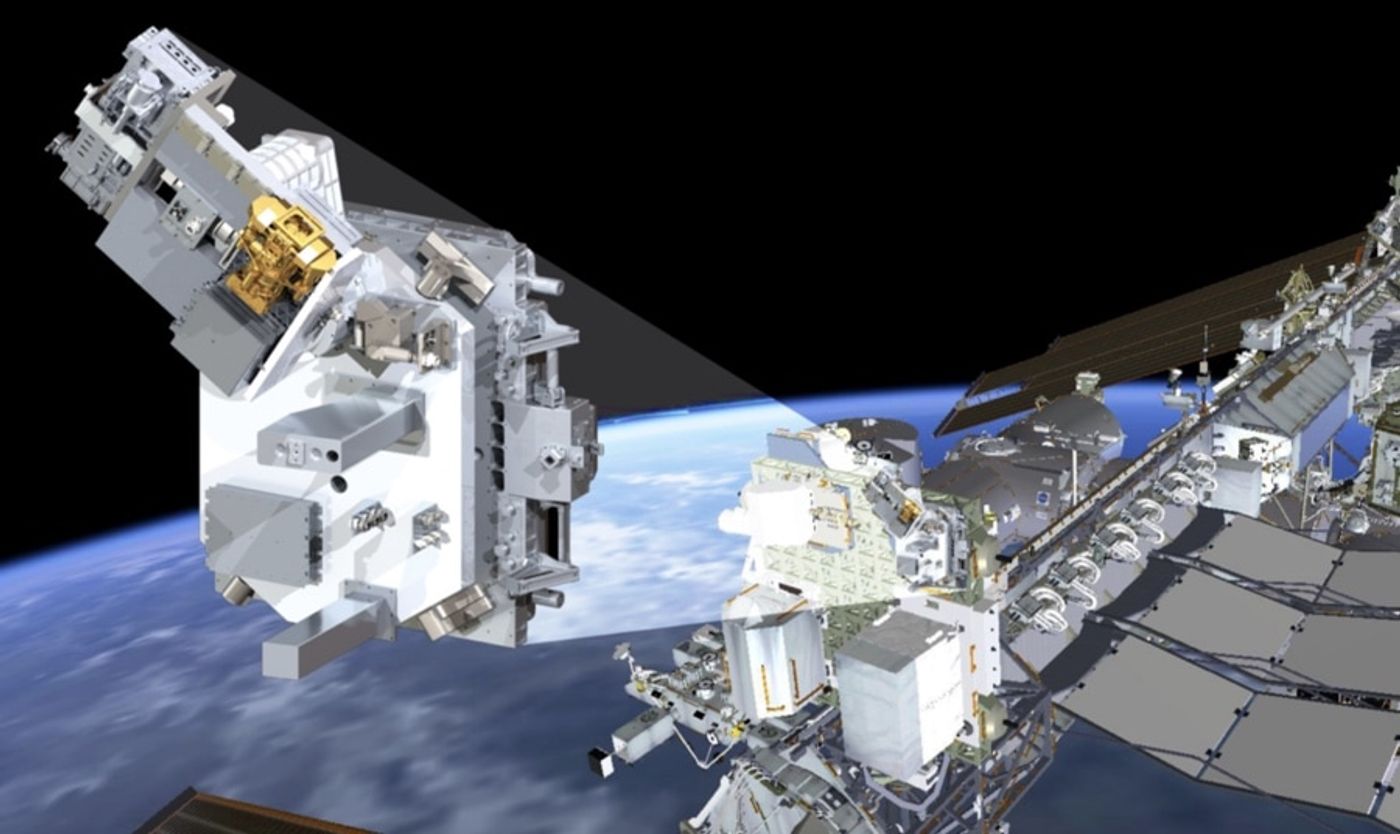NASA's International Space Station-Based TSIS-1 Instrument Begins Studying the Sun
The Sun is the closest star to our planet, so it’s not surprising to learn that astronomers study it as frequently as they do. These studies attempt to answer various questions we have about how the Sun’s radiation impacts Earth and its vast ecosystems.
Various spacecraft monitor the Sun so that we can learn more about it, and one of the most recent to be sent into space was the Spectral solar Irradiance Sensor (TSIS-1), which got delivered to the International Space Station via SpaceX Dragon capsule in December of 2017.
Image Credit: NASA
Citing an official statement posted by NASA on Thursday, TSIS-1 has been performing preliminary space-based tests all this time. On the other hand, the space agency flipped the switch this month, which means that TSIS-1 can begin gathering scientific data for analysis.
"TSIS-1 extends a long data record that helps us understand the Sun’s influence on Earth’s radiation budget, ozone layer, atmospheric circulation, and ecosystems, and the effects that solar variability has on the Earth system and climate change,"TSIS-1 project scientist Dong Wu explained in the statement.
Related: A privately-owned International Space Station could soon become the norm
As it would seem from the testing results, everything appears to be working as expected; this includes a pointing system that ensures the instruments point at the Sun at all times, as well as various sensors that detect light energy and discern energy distribution across different (visible and invisible) light spectrums.

Image Credit: University of Colorado Laboratory for Atmospheric and Space Physics (LASP) via NASA
"All systems are operating within their expected ranges," added TSIS-1 lead scientist Peter Pilewskie. "A lot of hard work remains for the team to interpret and validate the TSIS-1 data."
Related: ISS-CREAM now studies cosmic rays from the International Space Station
There’s no telling what TSIS-1 might teach us about our Sun and its impact on the Earth, but if anything’s sure, it’s that the results will benefit science. TSIS-1 will continue its operations over the next five years so that scientists can see how the results change over time.
Source: NASA









